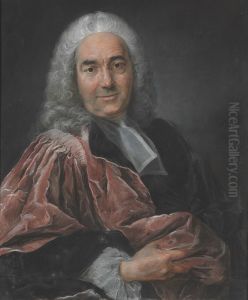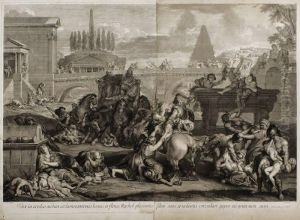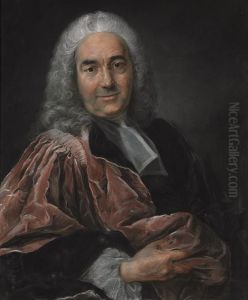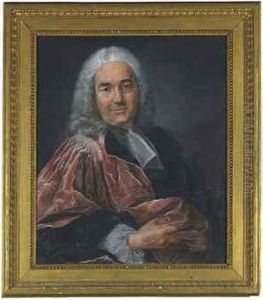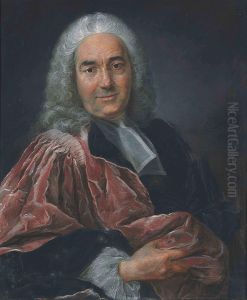Alexis Iii Loir Paintings
Alexis III Loir was a French sculptor and engraver born in 1640 in Paris, France. He hailed from a family with a rich artistic lineage, being the son of Alexis II Loir, who was also a sculptor, and the grandson of Nicolas Loir, a painter. This lineage exposed him to the arts from a young age, and he trained under his father and possibly other contemporary artists, which helped him develop his skills in sculpture and engraving.
Loir's career flourished in the late 17th century, a period marked by the Baroque style, which influenced his work. He was admitted to the Royal Academy of Painting and Sculpture in 1677, an institution that played a crucial role in the artistic life of France, especially under the reign of Louis XIV, known as the Sun King. Loir's admission to the Academy is a testament to his skill and the high regard in which his contemporaries held his work.
Throughout his career, Loir contributed to various significant projects and was involved in creating religious sculptures, decorative artworks, and monuments. His works were known for their dynamic forms and expressive figures, typical of the Baroque style that emphasized movement, contrast, and dramatic intensity. Loir's sculptures often featured intricate details and a sense of grandeur, which aligned with the tastes of the time, particularly the glorification of the monarchy and the Catholic Church.
Loir's death occurred in 1713, and he left behind a legacy that was continued by his descendants, who also became notable artists. Though not as widely recognized today as some of his contemporaries, his contributions to French sculpture and the Baroque style remain significant. His works can be seen in various churches and museums, offering insight into the artistic endeavors of the period and the craftsmanship of a family dedicated to the arts.
